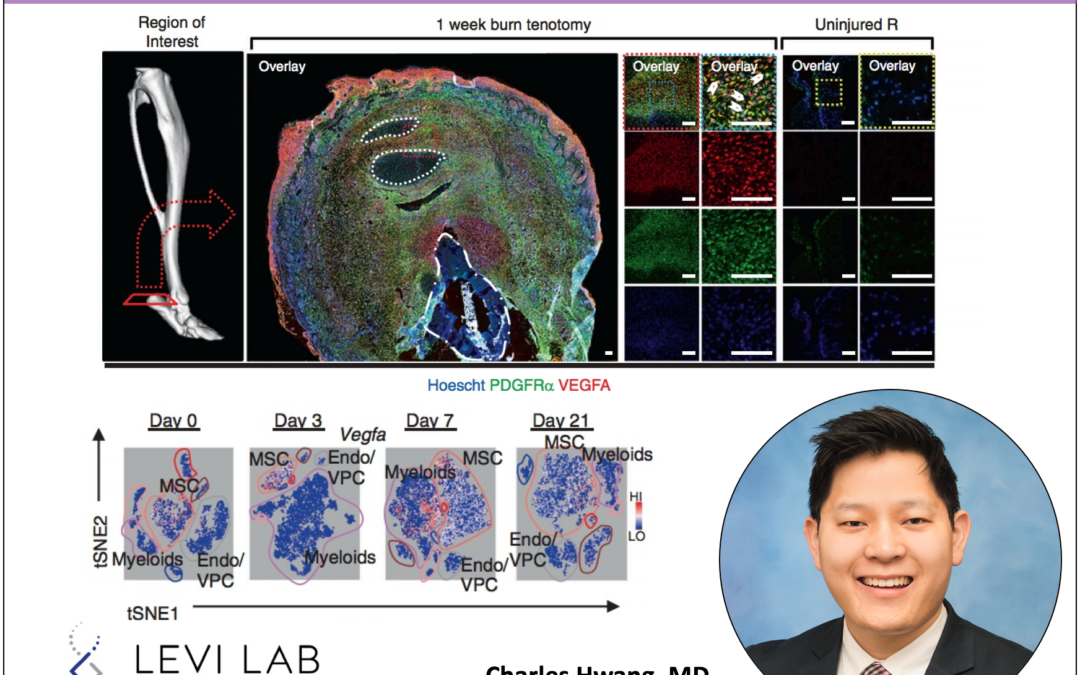This piece exemplifies inter-institutional collaboration as well, between the University of Michigan , Johns Hopkins University (Dr. Aaron W. James), and Harvard University (Dr. Paul B. Yu), and highlights several young investigators including Charles Hwang (University of Michigan), Dr. Simone Marini (University of Michigan), Dr. Shawn Loder (University of Pittsburgh Medical Center), Chase Pagani (University of Michigan), and Ching-Yun Hsu (Johns Hopkins University). This work will inform our future studies on post-traumatic HO, and provide new targets and insights for our investigation of the related genetic variant known as fibrodysplasia ossificans progressiva (FOP). Special thank you’s to the University of Michigan Department of Surgery and Section of Plastic Surgery, Center for Molecular Imaging, and the rest of the BWR laboratory team.
PMID: 31840004 (Read here!)
Abstract
Heterotopic ossification (HO) is a debilitating condition characterized by the pathologic formation of ectopic bone. HO occurs commonly following orthopedic surgeries, burns, and neurologic injuries. While surgical excision may provide palliation, the procedure is often burdened with significant intra-operative blood loss due to a more robust contribution of blood supply to the pathologic bone than to native bone. Based on these clinical observations, we set out to examine the role of vascular signaling in HO. Vascular endothelial growth factor A (VEGFA) has previously been shown to be a crucial pro-angiogenic and pro-osteogenic cue during normal bone development and homeostasis. Our findings, using a validated mouse model of HO, demonstrate that HO lesions are highly vascular, and that VEGFA is critical to ectopic bone formation, despite lacking a contribution of endothelial cells within the developing anlagen.

